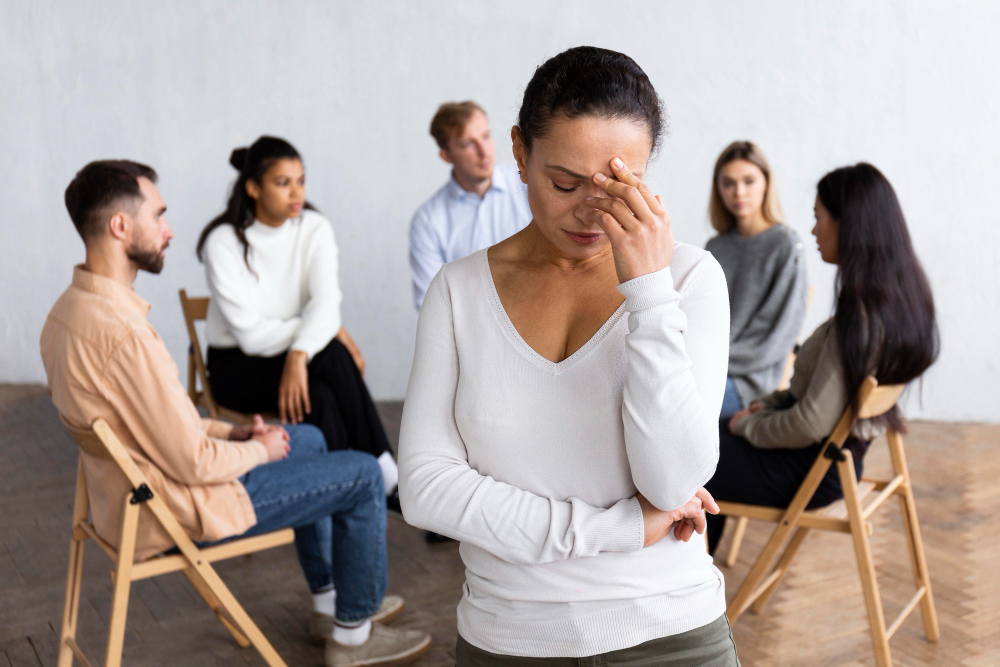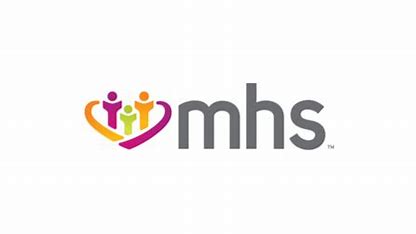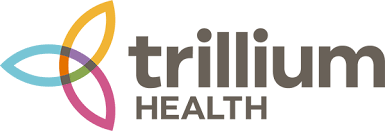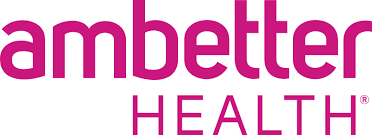I used to think IOPs were for rock bottoms—people who’d lost everything. I wasn’t that. I had a good job, a steady paycheck, a family who believed I had it under control. I told myself: “I’m fine.” But I wasn’t. Not at all. This program flipped my expectations—big time. Below are seven lessons I never saw coming. Some stung. All of them saved me.
1. Hiding Is Exhausting—And I Was Bone Tired
I became an expert at faking it—online meetings, school pick-ups, late-night emails. On the surface, I was thriving. Underneath? Broken. My brain was stuck in survival mode—every trigger kicked off a fight-or-flight that I never resolved. By week one of IOP, I realized I hadn’t slept longer than 45 minutes straight in…who knew how long.
In IOP, admitting I’m burned out felt vulnerable. I had to own the exhaustion—to name it. And when I did, something loosened. For the first time, I had space to breathe. I wasn’t faking. I was healing.
2. “Not Bad Enough” Was My Favorite Excuse
I’d always thought programs were for people who lost their kids, got arrested, or hit rock bottom. My motto? “At least I’m not that bad.” It was my justification for drinking before work, sneaking sips at night, and hiding bottles behind the recycling bin.
But in IOP, I met other high-performers who used the same excuse. We shared resumes, trophies, polished smiles…and internal chaos. One day, my therapist said, “We don’t wait for wreckage. We intervene before it happens.” That hit. High-functioning doesn’t mean healthy.
3. White‑Knuckling Doesn’t Work (I Tried)
My plan before IOP? Pure willpower. “Tough it out. Don’t call, don’t drink.” But triggers don’t wait for your readiness. Under that strategy, I relapsed. And relapsed again. Willpower is reliable only until it’s not.
In IOP, I learned tools I’d never even heard of—grounding techniques, emotional labeling, urge surfing, and scheduling “blackout-free” days (coffee, therapy, exercise, bed, repeat). These weren’t pep talks—they were tools I needed. I eventually caught an urge, paused, used the three-part coping method they taught, and—didn’t drink. Let me say that again: I survived a moment and it stuck. Not because I willed it—but because I knew how.
4. Group Therapy Isn’t as Weird as You Think
I pictured stiff chairs, awkward silence, someone crying in the corner. Reality? Gritty laughter, sharp honesty, shared “I know exactly how that feels” moments. There was relief in shared embarrassment, in knowing I wasn’t the only “normal person” slipping.
One confession changed everything: A lawyer friend admitted she drank in her office bathroom before big meetings. Another admitted he blacked out and still pulled off his presentation the next day. No judgment. Just reality.
Group became a place where letting down my armor didn’t feel like a death sentence—it felt like a human lifeline.
5. I Wasn’t the Only “High‑Performer” Falling Apart
I walked into IOP thinking I’d see “those people”—skid row, broken-down, desperate. Instead, I saw colleagues, parents, teachers—people who looked just like me. The VP from the hospital next door. A nurse who’d advanced her career and drained her soul. A parent who orchestrated birthday parties but didn’t remember the last time they felt joy.
It blew my mind. The shame I carried for being “privileged enough” melted away. Watching professionals unmask their struggles showed me that addiction doesn’t discriminate. It only needs a crack—the rest of your life doesn’t matter.
6. Structure Wasn’t a Cage—It Was a Lifeline
I hated schedules. Call me “spontaneous.” My day, my rules. But early recovery? My head felt like scrambled eggs. Decisions became mental marathons—“What to eat? What to do? Who to call?” Every choice felt like a mental toll.
IOP gave me a structure I didn’t know I needed: group therapy early morning, skills classes midday, one-on-one check-in before I left. Instead of chaos, I found rhythm. Instead of wandering, I had focus.
That structure saved me from my own undisciplined instincts. It let me show up—not perfectly, but reliably. And 45 days later, “I can’t” turned into “I do.”
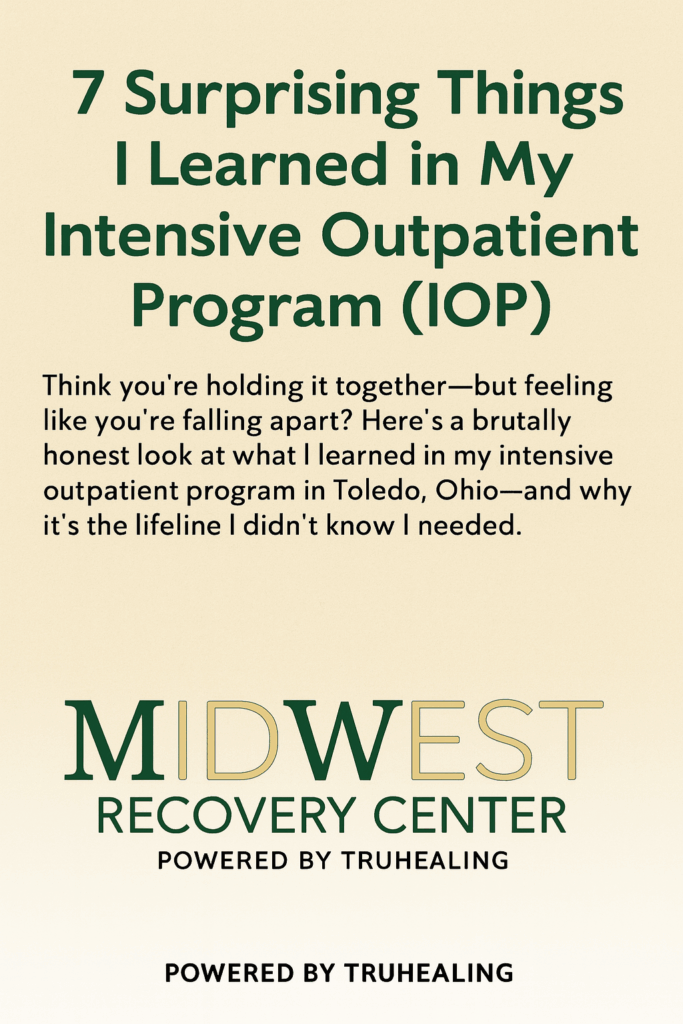
7. Recovery Is About More Than Stopping
I thought success meant abstinence. Twenty-four hours sober felt like a medal. But IOP flipped the script: abstinence is the foundation—but living fully is the goal.
I learned how to repair the burned bridges. I civvied up my sleep, finances, doctor appointments. I learned how to face emotions other than “working” or “drinking.” I learned how to ask for help when I didn’t know the answer.
Recovery became about getting curious—about why I drank, why I hid, why I ran hot. The IOP didn’t just keep me sober—it taught me how to crave a good life instead of craving drink.
Bonus Surprise: Fun Is Possible Again
I almost forgot how fun felt. Drinking was fun—until it wasn’t. IOP reintroduced joy, awkwardly at first. I went to a baseball game sober. I sang karaoke—and didn’t black out. I actually listened to new music. My brain wasn’t numbed; it was alive again. I remembered what it meant to feel something—really feel it. Not tipsy, not shut-down, but present.
More Than Treatment—It’s a Reboot
If you’re nodding—if you’ve got it together but feel your insides fraying—an intensive outpatient program in Toledo could change everything.
IOP is not a hospitalization. You live your life. Go to therapy, learn to cope, show up for loved ones—while keeping your job, home, commitments. It’s the balance between care and independence.
That’s exactly what Midwest Recovery Center offers. A place made for high-functioning people who don’t have downtime left to break down. A place to stop hoping recovery happens by accident—and start making it happen on purpose.
Frequently Asked Questions (FAQ)
What is an intensive outpatient program (IOP)?
An IOP provides structured therapy sessions multiple times per week—usually 3–5 days, a few hours each session—while you continue living at home, working, and attending responsibilities. It’s more support than weekly therapy, less restrictive than residential treatment.
Is IOP only for people with severe addiction?
No. IOP fits many people—especially high-functioning individuals who don’t need 24/7 supervision but still need more than a weekly check-in. It’s about proactive recovery, not reactive rescue.
Will my family notice I’m in a program?
Yes—and that’s intentional. IOP lets you show up where it counts: at home, at work. But the therapy and peer support you build spill into every part of life—conversations, attitudes, relationships—so yes, they’ll notice you’re changing. And that’s a good thing.
How long does IOP last?
Typical programs range from 6 to 12 weeks. Many providers, including Midwest Recovery Center, tailor length to individual needs—some succeed in 45 days, others benefit from longer support.
What if I don’t want to stop completely?
IOP encourages abstinence while teaching harm-reduction skills. Some start by cutting back—but most discover they want full freedom from substance dependency once tools are in place.
Can IOP handle dual diagnoses—like anxiety or depression?
Absolutely. Modern IOPs—including Toledo’s—offer integrated care for addiction and co-occurring mental health conditions. You don’t have to choose which issue is “real.” Both are addressed.
How much does it cost, and is it covered by insurance?
Cost varies by provider and insurance. Midwest Recovery Center works with many major insurers and offers financial counseling. Call to verify coverage: (888) 657‑0858.
Ready for Change?
You deserve more than “functional.” You deserve awake mornings, honest conversations, real laughter—and a life that isn’t hanging by a thread. Midwest Recovery Center’s intensively supportive and structured intensive outpatient program in Toledo, Ohio is for people who are ready to go past “not bad enough” and aim for whole again.
Call (888) 657‑0858 or visit our IOP page to learn more about how we help you rebuild—not just recover.

